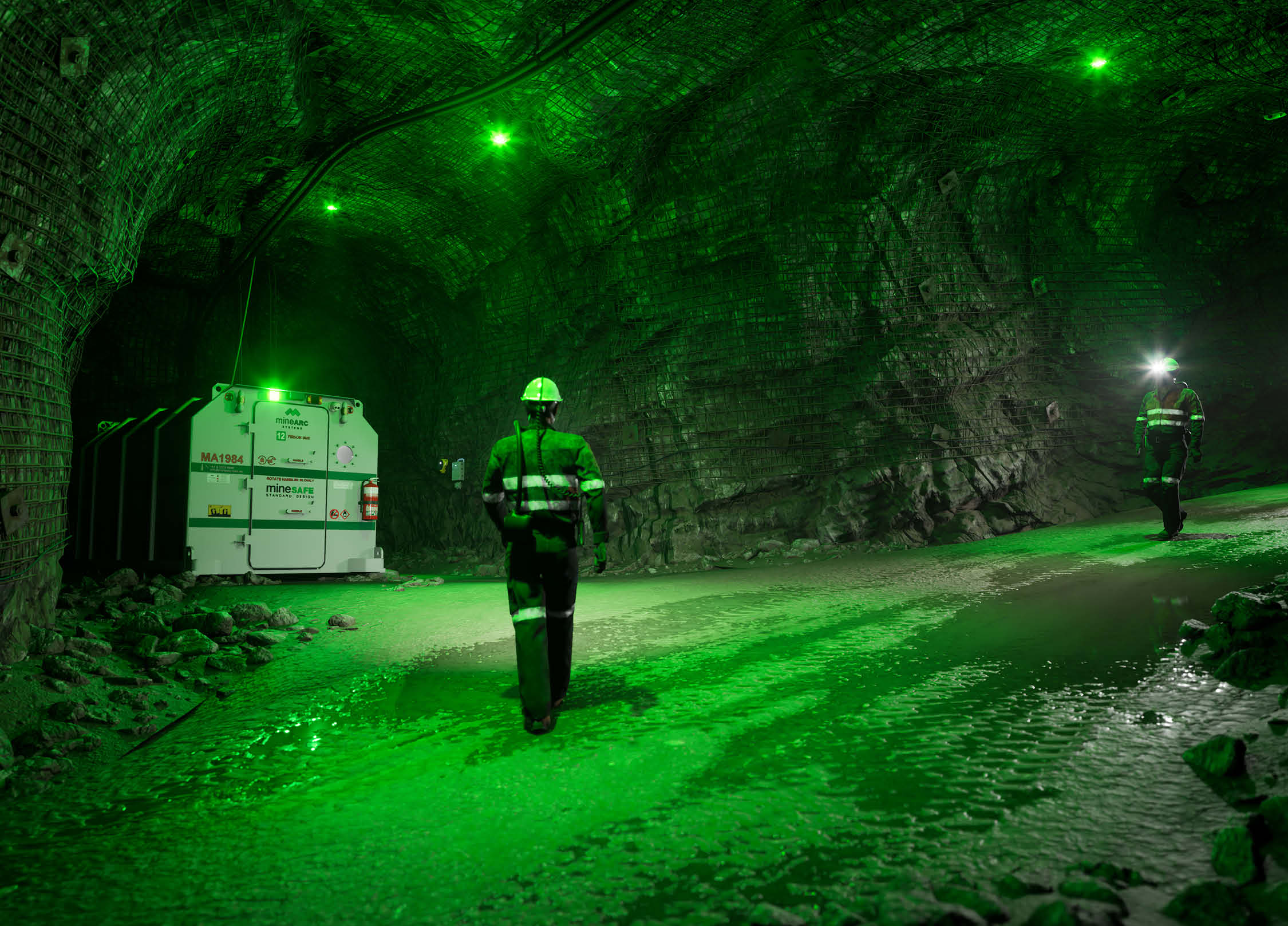While evacuation is the most effective way of removing yourself from harm, it is not always possible.
Studies have shown that the time it takes for a chemical release or plume to travel directly impacts the emergency response actions you can safely handle.
According to research1, evacuation is feasible if you’re outside of a 10 km radius of the origin of the incident. Within this range, it is better to seek refuge until the hazard passes, based on the time it takes for a plume to travel 10 km under moderate and light winds and the tendency to disperse significantly under winds of 6 m/s.
Consider if you work at a facility that uses chemicals or are within an area that transports them. Is it viable for you to evacuate the area safely and quickly before a potential chemical plume reaches you?
Chemical Plume Behaviours
Chemical gases can be released into the air from underground spaces, sealed and pressurised containers, or chemical reactions. On the other hand, trace amounts of more hazardous chemicals can also travel in larger chemical clouds.
Multiple variables will disperse and affect the chemical plume, including but not limited to:
- wind speed,
- volume,
- pressure at the release point,
- chemical density,
- temperature,
- the surrounding landscape, and
- air buoyancy
Suppose a chemical plume behaves as if it is heavier than air. In that case, the risk of exposure to humans is more significant compared to some other gases.
What to do When Running Away Isn’t an Option?
There are several emergency response actions one can take in the event of a chemical release. Most government agencies recommend that you shelter-in-place where safely possible. However, it should be noted that the first stage, normal sheltering, may not be as effective as evacuation for more lethal plumes.
For higher-risk scenarios, pressurised shelters can reduce exposure and be more effective than evacuating.






